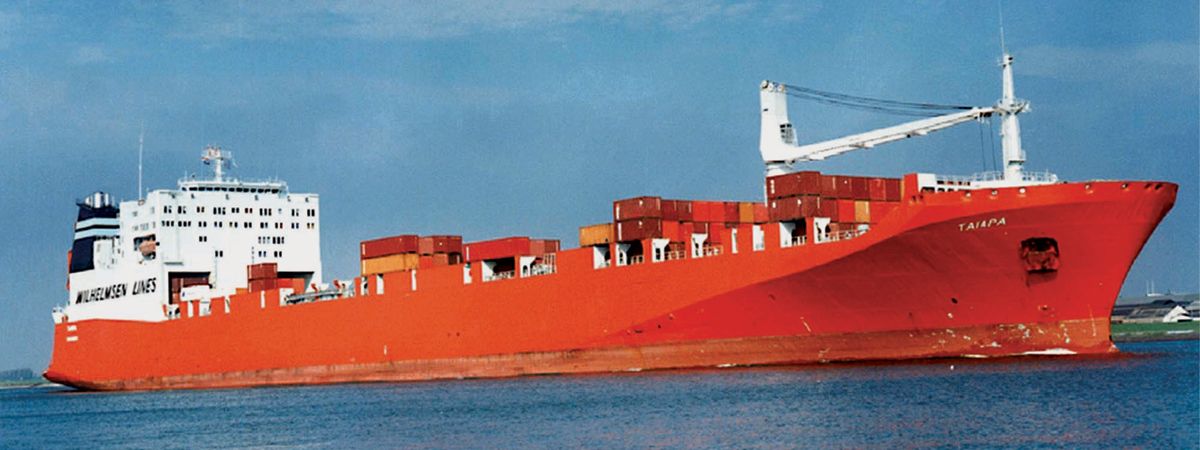Mungo MacCallum provides a devastating account of the Howard government's treatment of the refugees as well as delineating the factors in Australian history which have worked towards prejudice and those which have worked against it. This is a powerful account of how the government played on what was ultimately the race issue. MacCallum asks what epithets are appropriate for a prime minister who has brought us to this pass. He also raises the question of whether Australia's contemporary treatment of refugees has anything in common with the sane and decent policies that have characterised the better moments in our history.
THE BOAT PEOPLE OF 1881
The first boat people to arrive in Australia seeking permanent residence probably did so some 40,000 years ago; we say probably because some authorities believe that the Aborigines walked across a land bridge from the Indonesian peninsula. Over the millennia other Asians undoubtedly joined them; at the very least there is ample evidence of continuing maritime trade between Northern Australia and South-east Asia. But the next lot of seriously disruptive boat people did not form a permanent settlement until 1788, when they set about destroying the environment and overturning the culture and the way of life of the original inhabitants. The floodgates having opened, the changes quickly became irrevocable. None of the new group would have qualified as refugees under the current definition; at best they were fugitives from justice, or economic refugees – those Philip Ruddock disparages as making a “lifestyle choice”.
But from time to time real refugees did wash up on our shores. One such case occurred on 2 April 1881.
The 217 people involved were victims of an archetypal people smuggler, a French nobleman named the Marquis de Rays. His family had lost everything in the revolution; the Marquis was seeking to restore his fortunes through a series of scams involving the creation of imaginary settlements in faraway places. He had already done quite well out of a supposed El Dorado in Patagonia; now he turned his attention to the fabled South Seas. Having somehow acquired the title to a package of land on New Ireland in the Solomons, which he pretentiously renamed Nouvelle France, the Marquis invited punters to subscribe to the development of a colony which, he assured the credulous, contained untold mineral and agricultural wealth. Enough did so to enable him to send out a boat containing a handful of desperadoes to set up a stockade at what became Port Breton. An attempt to reinforce them with a boatload of Spanish mercenaries failed when the soldiers mutinied and then deserted.
By this stage the investors were getting restless; to convince them that his plans for settlement were under way, the Marquis had to recruit some credible colonists quickly. He sent agents to the barren and war-torn countryside north of Venice, where the peasant farmers were ready to listen to anyone who would promise them a better life. Nouvelle France certainly sounded better; the desperate and gullible contadini were promised twenty fertile acres with a house already built, provisions for six months and free transport. More than 300 signed up, ignoring warnings from the Italian government that the offer might not be what it seemed. Eventually they made their way to Barcelona, where they rioted until the Italian consul issued them with passports. On 8 July 1880, the steamship India under Commander Jean Prevost set out for Port Breton.
The India was what would now be called a hell ship. Not only was it barely seaworthy, it was woefully under-provisioned and much of the food that was aboard quickly began to rot. The first death occurred only ten days after they set out; when the India finally docked at Nouvelle France three long months later, one adult and ten children had perished. At Port Breton itself, there was nothing: no cleared land and no housing. The Italians were told to make a settlement in the malarial rainforest or starve. They tried, but the conditions were impossible; moreover, they found that the tools they were promised had never been loaded. One crate purporting to contain shovels and mattocks was in fact full of pink ballet shoes. Provisions ran critically low; in December Prevost took the Genil, another ship from the first expedition to Sydney for supplies, but by mid-February he had not returned – in fact he had stayed in Australia, citing engine trouble as an excuse.
With the death toll running at a horrific rate and mass starvation looming, the colonists finally demanded that acting captain Leroy take them to Sydney aboard the India. Knowing how vulnerable the ship was, Leroy was only willing to go as far as New Caledonia, where the French had a penal colony. After eighteen terrible days, which included constant engine breakdowns and near shipwreck on tropical reefs, the India arrived at Noumea, but the Italians had had enough of the French. They refused even to disembark; instead they sent a message to the British Consul, who passed on their request for asylum to the colonial authorities in Sydney. In spite of his dislike of all people not of British stock and especially of Roman Catholics, the New South Wales Colonial Secretary, Sir Henry Parkes, agreed to give them aid and succour as shipwrecked mariners.
The James Patterson was sent to pick them up; when they finally disembarked in Sydney they were exactly one hundred short of the number who had set out from Barcelona only twenty-one months earlier. In Sydney they were treated charitably; no attempt was made to confine them. But Parkes decided that the group should be split up; he did not want non-English speaking ghettoes, still less Papist ones, developing in his colony. The Italians were sent to work as labourers and domestic servants in Maitland, Goulburn, Wellington and Young. But they remained Australian residents with all the rights of free citizens for as long as they wished to stay, and most chose to do so permanently.
Their dreadful story in fact had a happy ending. Cedar getters were then opening up the north coast of New South Wales, and the cleared land was available for settlement. Some of the Italians clubbed together to take up a large area. Many others quickly followed, and by 1883 a settlement called La Cella Venezia was established near Coraki. It soon prospered and was rechristened New Italy; after a second diaspora in the 1930s, when the second generation moved to larger townships like Lismore, a park was established on the site. It remains today as a museum and restaurant complex on the Pacific Highway south of Woodburn, a permanent memorial to the compassion and generosity of Australia to the asylum seekers of the past.
CONTINUE READING
This is an extract from Mungo MacCallum's Quarterly Essay, Girt By Sea: Australia, the refugees and the politics of fear. To read the full essay, subscribe or buy the book.
ALSO FROM QUARTERLY ESSAY












